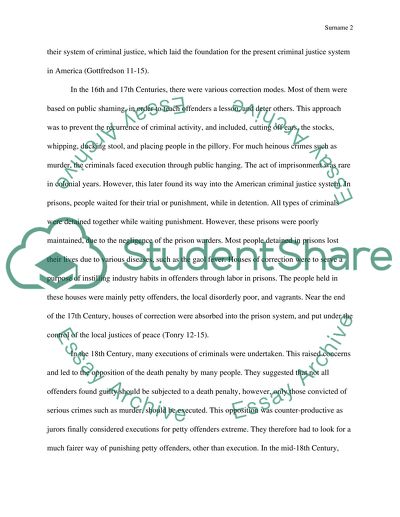Cite this document
(“Evolution of Correctional System Essay Example | Topics and Well Written Essays - 1500 words”, n.d.)
Retrieved from https://studentshare.org/law/1460580-evolution-of-correctional-system
Retrieved from https://studentshare.org/law/1460580-evolution-of-correctional-system
(Evolution of Correctional System Essay Example | Topics and Well Written Essays - 1500 Words)
https://studentshare.org/law/1460580-evolution-of-correctional-system.
https://studentshare.org/law/1460580-evolution-of-correctional-system.
“Evolution of Correctional System Essay Example | Topics and Well Written Essays - 1500 Words”, n.d. https://studentshare.org/law/1460580-evolution-of-correctional-system.


